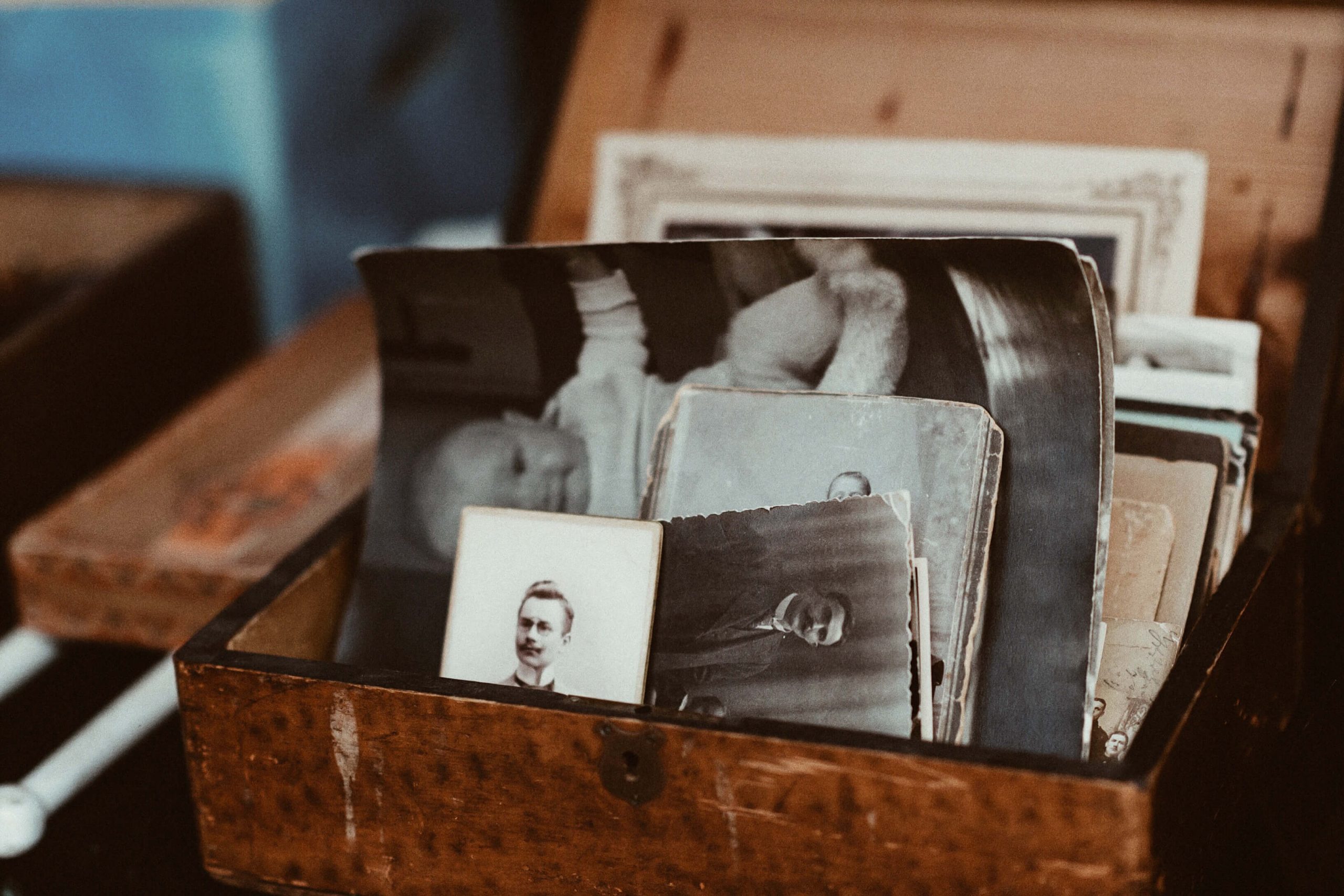In the late-1920s, Lithuania was an increasingly difficult place to live for Jewish families like my wife’s great-grandparents. They had built a stable life near the border of Germany, but as the economy faltered, anti-Semitism was on the rise.
One night, at a play they attended, there was a violent attack against a Jewish person. Then while walking in the street one day, a neighbor (whose house they had helped rebuild after a fire) said an anti-Semitic slur as he walked past. The family decided it was time to leave Europe.
They almost didn’t make it because of a hangnail. At the port, the youngest daughter was denied boarding papers because the ship’s doctor was concerned it could lead to an infection on the ship. They had little time before the ship sailed for Canada.
With the money they saved, they were able to find and pay a doctor in the city who would write her a clean bill of health.
Money: life or death.

Give Every Party Some Dollars
My dad’s parents, meanwhile, were growing up in Depression-era, rural Canada. A couple of sisters were sent to join a convent so there were fewer mouths to feed. One by one, my grandfather and his siblings left for New England and found work as carpenters, roofers, and homebuilders in the post-war boom. They never quite made it to the middle class but compared with the deprivations of their childhood, post-war America was the land of opportunity.

Their family vacations were usually modest car camping trips to Maine. Still, their food category was always well-funded—I grew up hearing about the campsite celebrations with roast pigs and fresh clams. Money wasn’t meant to be saved, rather it was how they communicated and shared their abundance. At the end of a hard week working up on a roof, they wanted to get together and celebrate. The next job will come. Just have faith.
“What Is a Coffee Category?” (Our Grandparents Would Ask)
Fast forward a half-century: my wife and I have been exposed to education, work, and opportunities that our grandparents never had. I was a writer and she was a designer, living in Brooklyn in the late-2000s. For a while, money seemed plentiful. We weren’t raking it in, but were comfortable enough to have dinner out weekly and not sweat ordering falafel when feeling uninspired in the kitchen. What we regularly paid for a cup of coffee would have given our grandparents an anxiety-induced heart attack.
But cash flow suddenly became a problem when I developed a health condition which meant I couldn’t work for a few years and required lots of medical care. I had become physically disabled, unable to use a computer, phone, or use my hands much at all. The question of when, or if, I could work again was up in the air.
We Retreat into Our Financial Corners
Nomi was deeply worried about money, as was I. But we dealt with it in different ways.
I felt so much shame at what I couldn’t do, and I didn’t want home life to be a nonstop grind of Nomi cooking, cleaning, and caring for me. But what could I do?
To lighten her load and my mood, I would order take-out or hire a cleaning person every once in a while. I thought I was helping.
But spending $30 on Pad Thai felt deeply irresponsible to Nomi. I drew upon a vague hope that things would improve soon. I’ll get better; I’ll change careers into something I could physically do; I’ll write a book about this harrowing experience and make a lot of cash. Just have faith.
Nomi did not concur.
She didn’t think things were going to magically get better; she thought they were, predictably, going to get worse or at least we should be prepared for that possibility.
Did I mention that soon after her family arrived in Canada, the Great Depression hit, then the Dust Bowl blew away the topsoil on their farm, and then when they tried to file an insurance claim after a hailstorm ruined their crop, they were denied? A dishonest insurance agent had pocketed their payments.

Culture Clash
So how did this manifest?
She tried to hold on to money as much as she could. When her old winter coat was disintegrating, she fretted and judged herself for buying a new one. Meanwhile, I tried to create buoyant moments–dinner out, a cabin vacation in the Adirondacks–to counteract the day-to-day hardship and grind. Spending money here and there was how I tried to lift myself up above the daily toil and worry.
It was hard for her to relax into the things we spent money on, and it was hard for me to make a plan to grow our funds and create financial stability. That would require a life plan and I didn’t have one other than magically heal and get a high-paying job.
The subject of money was radioactive–corrosive and toxic in small amounts. It was definitely the most painful part of our relationship, much harder to navigate than even my illness and disability. There was so much fear, shame, and other dynamics that we were dealing with, some of which began in the last century.
We Try YNAB
Starting YNAB was our first successful effort to shift our money situation toward something positive and accountable. It was revelatory to see all our money and what we needed it to do, laid out clearly in YNAB. We could have discussions based on reality—what did we want to do and how would we make it happen?
.png)
This was so different from our previous experience of handling money together, which was like stumbling through invisible tripwires. The decision for one of us to buy a sandwich had taken on enormous, guilt-ridden meaning.
How Opposites Can Move Closer Together
A therapist once told me about a theory of how couples with contrasting viewpoints tend to operate in relationships. It’s called polarity theory, and it could describe thinkers/feelers, extroverts/introverts, and of course it can apply to money.
Classic example: if one partner spends freely and abundantly with no plan *ahem,* the other partner, who tends to feel more cautious about money, will become even more allergic to spending money. Vice versa, if the ‘saver’ is willing to spring for a vacation or buy a nice (well-researched) piece of furniture, the ‘spender’ might feel they aren’t alone anymore in trying to bring fun or abundance into the relationship.
For partners, YNAB can serve as a neutral tool, sitting squarely in the middle of their divergent beliefs and habits. Here’s all your dollars, now have a conversation to figure out what are your priorities.
I—who hoped for the best—and my wife–who feared the worst–came together because we could talk about our priorities, create categories, and decide how to fund them. It was a process that allowed us to finally talk about the things that were most important to us without so much judgment.
We both still have our triggers. Nomi tends to automatically assume we can’t afford something and I assume we can. But then we consult our plan and ground ourselves.
Generations later, we are benefiting upon the bravery and efforts of our grandparents. They endured incredible hardship to put their descendents in a better position. But doing mental math of what we “should” spend didn’t honor those sacrifices.
Making a spending plan is an act that is very present; you match today’s dollars with today’s priorities. It’s a healthy way to honor the contributions of your forbearers, but not continue to live in their fears.
Imagine conversations about money that are aspirational instead of accusatory. YNAB improves communication between couples by acting as a neutral source of truth that provides a big-picture perspective of your financial life. Check out our guide on Managing Money as a Couple and sign up for a free one-month trial of YNAB to learn four simple rules that will fund your future together.
Publisher: Source link











